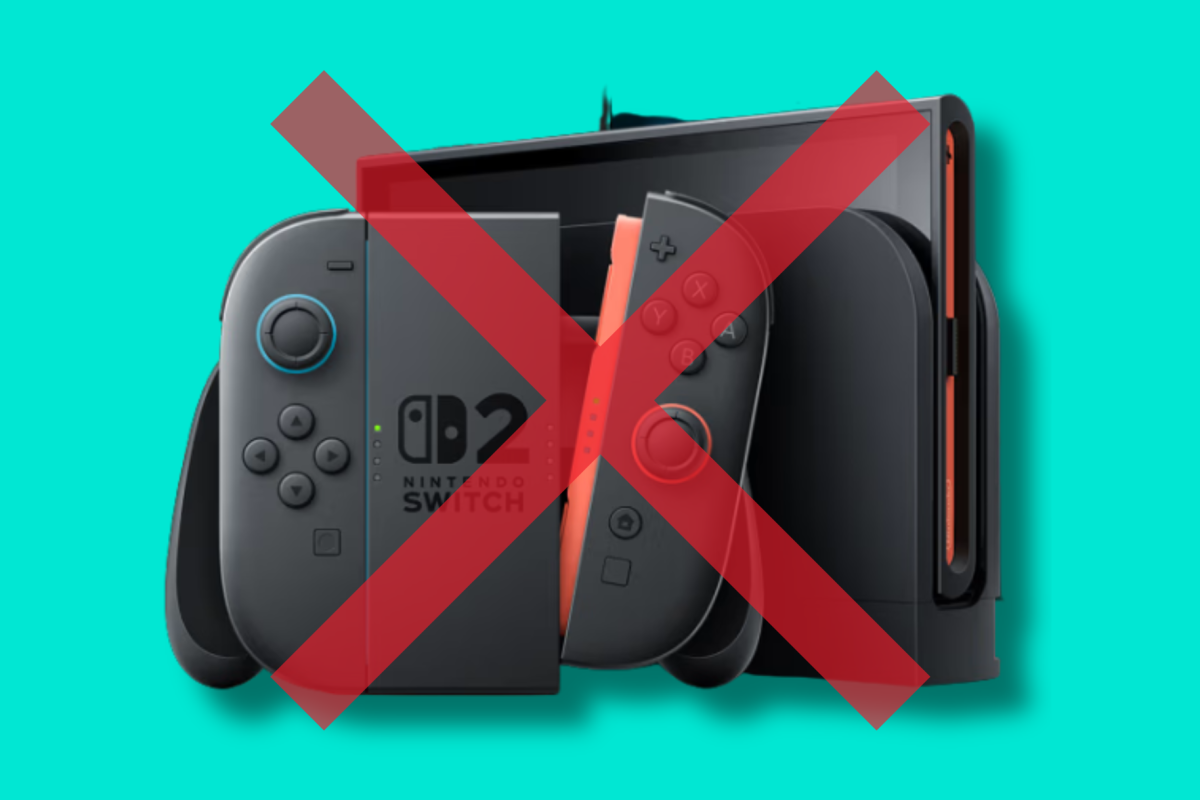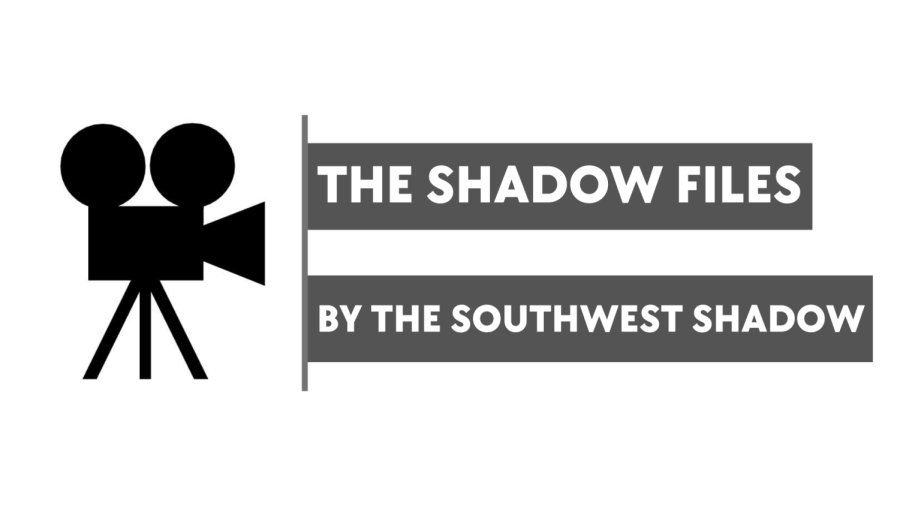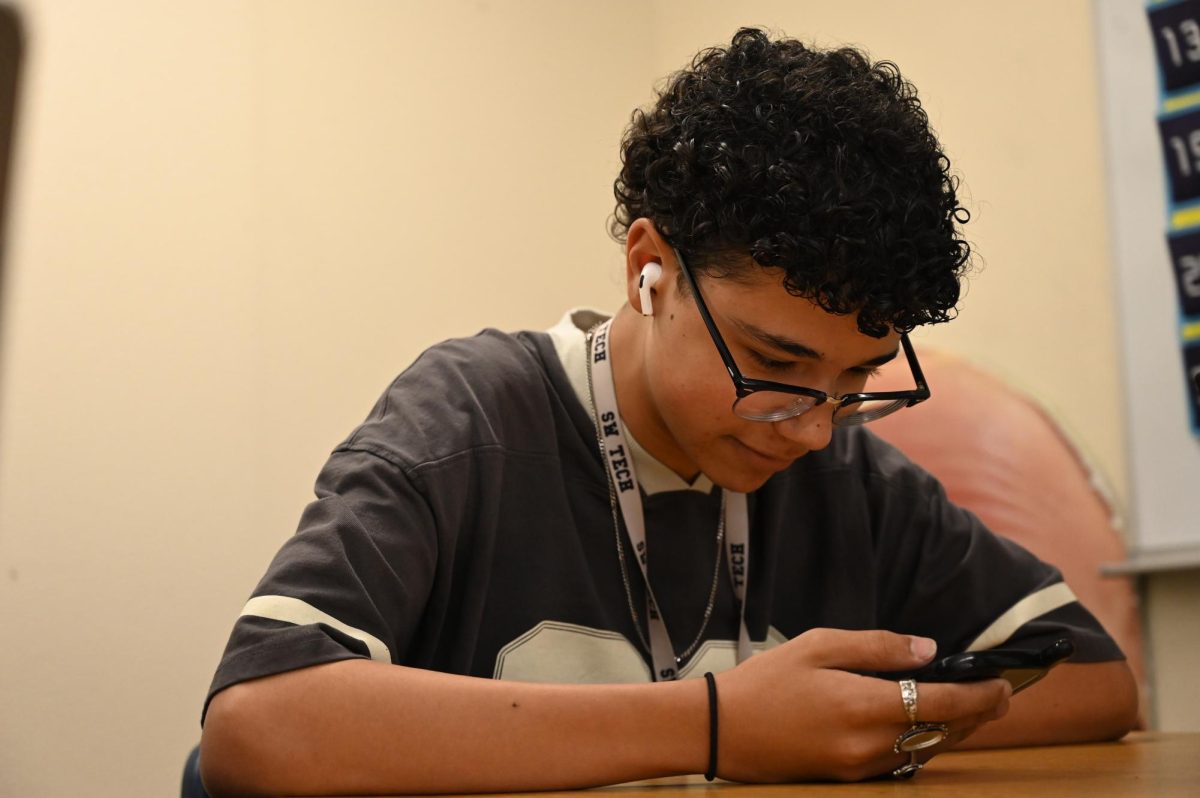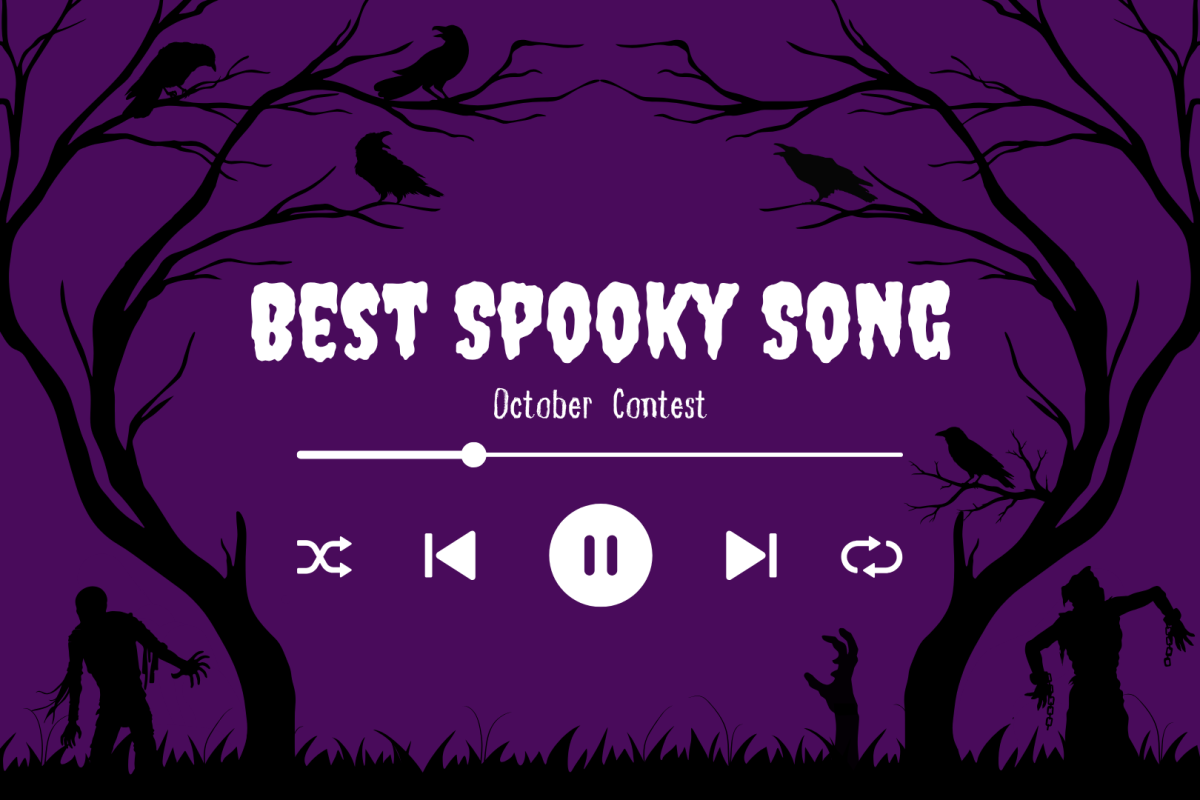Acronyms are nothing new. In the digital age, a world that scrolls faster than it speaks, language today is more complex due to social media changing the way people view and use language for communication. In turn, this influences how younger generations interact with one another and express themselves.
Social media has not only influenced how language is used, but it has also created new ways of communicating. These changes impact casual conversations with friends to the way people express themselves.
“I think with our generation we’re making a difference, despite how some might say we’re not,” freshman Ava Kim said. “Everyone says our generation is doomed, but I feel like our creativity when it comes to creating ideas and ways of doing things, for example, the words that we use, are just a fun, easier way to bond and talk with each other.”
Though acronyms help communicate in a fun approach, they also reflect the way social media and digital culture shapes how people are influenced and use these acronyms. A majority are often linked to specific emotions or states of mind, and have become social cues in their own right.
“I believe social media has really shaped and changed how we communicate with each other over the past few years,” sophomore Alexandra Austria said. “Using slang now is more different than from 2016 since now there are a lot more relatable phrases that can be said that just say something without needing to explain a whole lot about, which I think is why our generation is using it much more because of social media.”
However, many argue that language shifts dilute communication, and facilitate shallow interpersonal connectionsmaking these conversations less meaningful. According to a study by the American Psychological Association conducted in 2024, individuals that texted in abbreviations were potrayed as insincere and less likely to receive replies.
“It’s ironic because the word that we would use for people who don’t speak too much over text is ‘dry’,” junior Gigi Situ said. “I know there’s people that don’t like typing too much or texting in general, but it does feel one-sided when one is giving more effort than the other when communicating through text, for example, if I were to be in that situation when I want to talk to someone, I would question whether they want to talk to me or not because of the short responses.”
The prevalence of social media platforms has made it easier for these abbreviations to spread across the world with the fast pace of online communication encouraging the use of acronyms more. What began as a small or niche trend has now become a staple of mainstream online language
“Social media has made an extreme impact on how we communicate,” senior Marilyn To said. “There were times where I would walk across the hallway and hear someone say a certain phrase or abbreviation of something I never heard of and later that day I come across it on social media. I’m surprised that our generation is so connected with the internet and everyone in it. It’s a big change from past years, but it is refreshing to see that it is also bringing people closer together.”
Despite varying concerns, there’s no doubt that acronyms are here to stay. They’re part of how current and modern language is constantly changing and evolving, and reflect a broader shift toward social media and digital culture.
“I can say that social media and the internet is overwhelming overall,” senior Ella Abilar said. “Everything is constantly changing by the day and somehow everyone is on it and going with it and sometimes I feel not too involved, especially with the new acronyms and phrases that are being used and created, it’s a bit complicated, but it does give a new perspective on how our generation is evolving quick compared to the past.”



![Working in the Student Success Office, Attendance Secretary Lordis Depiazza inputs a student’s absence excuse note. Students are required to bring an excuse note to the attendance office within three days of any absence. “Reminding students that being in school is important because it reflects towards your grades and being able to do any activities with the school,” Depiazza said. “[It] seems to get the students' attention about wanting to be in school.”](https://southwestshadow.com/wp-content/uploads/2025/10/IMG_8313-1200x800.jpg)

![Squaring up to a practice dummy, sophomore Cypher Andres prepares to throw a punch. Dummies are regularly used to help him prepare certain hits to take his opponents down. “[Boxing dummies help me practice] because it’s basically a model of the body,” Andres said. “It helps with accuracy, such as pressure points behind the ear, and a clean liver shot can end the fight.”](https://southwestshadow.com/wp-content/uploads/2025/10/IMG_5728-e1759850486200-1200x864.jpg)

![Arranging the fabric on the floor for a new project, senior Sapphyre-Ann Leung plans out her attire for the next deadline. With the recent closures, students now had limited resources and less margin for error with the fabric and materials they had in stock while trying to reach strict deadlines. “Joann’s had a lot of high-end fabric for our fashion competitions,” Leung said. “We couldn’t just buy ten yards of fabric from Hobby Lobby or Walmart. Since [Joann Fabrics] is no longer open, we have to buy items online, which is way more expensive.”](https://southwestshadow.com/wp-content/uploads/2025/10/IMG_0038-1200x800.jpg)
![Swaying and preparing to toss the tennis ball, Dylan Grove practices serving. Grove had been training in preparation for her upcoming matches against Chaparral and Doral Red Rock. “[Both teams are] both very tough opponents, but I am ready for whatever gets thrown my way,” Grove said.](https://southwestshadow.com/wp-content/uploads/2025/10/image-1200x900.png)




